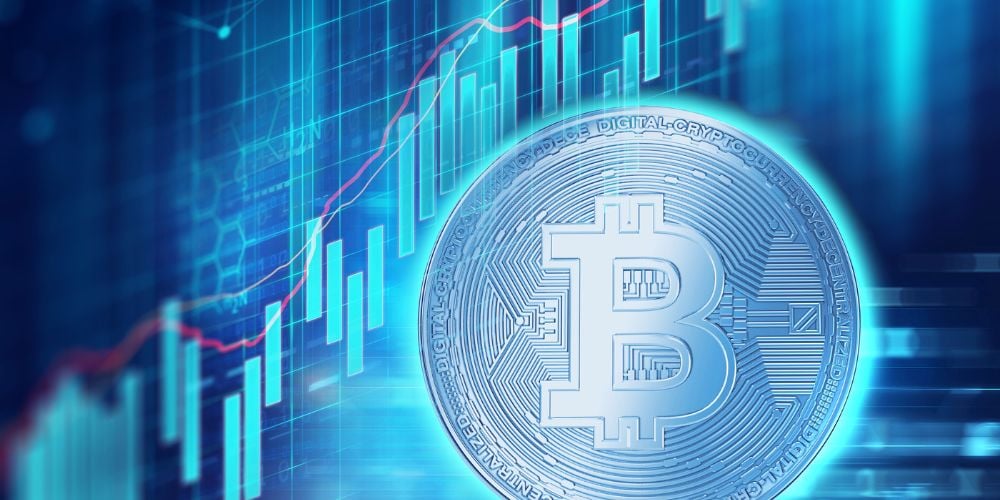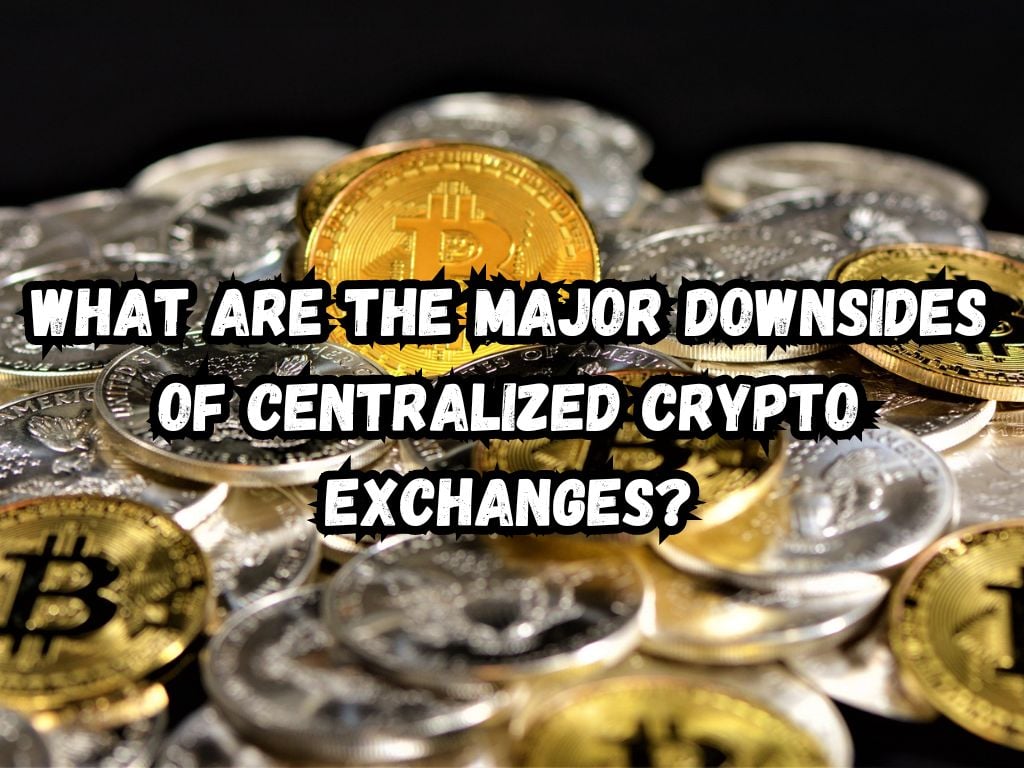Cryptocurrency exchanges are platforms where investors buy, sell, and trade crypto assets. These platforms can be either centralized or decentralized. We’ll unravel major downsides of centralized crypto exchanges.
Understanding Centralized Exchanges
Centralized exchanges act as middlemen for cryptocurrency transactions. They offer order books and custody services, maintaining control of users’ private keys.
Although they offer advantages like faster transactions and high liquidity, the control they exert presents notable drawbacks.
Major Downsides of Centralized Crypto Exchanges
Security Vulnerabilities
Centralized exchanges are prime targets for hackers. They have custody of large quantities of digital assets, making them a lucrative target for cybercriminals.
Some of the largest crypto hacks in history, such as the Mt. Gox hack in 2014, happened on centralized exchanges.
Moreover, fraud and theft are primary concerns for users. As centralized entities control the transactional process, they present a single point of failure. If a fraudster gains control, they can manipulate transaction records, leading to significant financial loss for users.

Regulatory Risks
Another downside of centralized exchanges is the exposure to regulatory risks. Governments across the globe have enacted strict regulations on cryptocurrency exchanges, which can affect users’ assets. For example, unexpected changes in policies can compel exchanges to suspend activities or even shut down altogether.
The sudden nature of such actions can leave users unable to access their assets or suffer losses if the exchange decides to exit the market.
Privacy Concerns
Centralized exchanges collect personal data from their users to comply with regulatory requirements, such as Know Your Customer (KYC) and Anti-Money Laundering (AML) obligations. Though necessary for law enforcement, this data collection means users must surrender some degree of privacy.
Additionally, transactions on a centralized exchange aren’t anonymous. Each transaction is associated with a user’s account, limiting their privacy.
Market Manipulation and Transparency Issues
An issue that plagues some centralized exchanges is the lack of transparency leading to potential market manipulation. Since exchanges have control over the entire transaction process, they can manipulate transaction records and trade volumes to influence pricing.
Moreover, some exchanges are not transparent about their trading volumes, creating a tendency for fictitious trading volume reports. Such practices mislead users about the platform’s liquidity and performance.
Dependency and Control
Centralized exchanges control their users’ private keys, which is equivalent to holding a bank account’s password.
Users depend on these platforms to handle their assets securely, adding another layer of risk. The centralized entity could misuse this power or, in the worst-case scenario, lose access to these keys, rendering users’ assets inaccessible.
Fees and Costs
Finally, the fees on centralized exchanges can be high and are not always transparent. Users must pay transaction fees, withdrawal fees, and other charges that might not be apparent initially.
Some platforms also have hidden costs for certain services, making the total cost of use hard to estimate.
Comparing with Decentralized Exchanges
Unlike centralized exchanges, decentralized exchanges eliminate the need for a third-party intermediary.
They provide peer-to-peer trading, enhancing privacy, and reducing the potential for single-point attacks. However, they also have drawbacks such as lower liquidity and slower transaction speed.
How to Mitigate These Risks?
Users can manage the risks of centralized exchanges through various strategies. Conducting thorough research, understanding the platform’s security measures, and diversifying investments across platforms can help.
Additionally, explore other options like decentralized exchanges and wallets to lessen the reliance on centralized platforms.

Frequently Asked Questions
1. What makes centralized exchanges vulnerable to hacking?
Centralized exchanges concentrate user funds and data, creating a focal point for potential security breaches. Hackers target these pools of assets, and if they penetrate the security measures, they can access and steal a large number of funds quickly.
2. How do regulations affect centralized exchanges and their users?
Regulations are designed to prevent illicit activities but can lead to exchange restrictions or shutdowns, impacting users’ access to their accounts and funds. Regulatory compliance can also reduce privacy due to personal data collection requirements.
3. Why are privacy concerns significant with centralized exchanges?
Centralized exchanges collect users’ personal information to comply with regulations, which means transactions are linked to identities. Users must trust these platforms to safeguard their data, risking privacy breaches.
4. Can users avoid fees on centralized exchanges?
Completely avoiding fees on centralized exchanges is not possible since fees are part of their revenue model. However, users can minimize costs by selecting platforms with lower fees or taking advantage of discounts for using native tokens.
5. What are the alternatives to using centralized exchanges for trading cryptocurrencies?
Alternatives to centralized exchanges include decentralized exchanges (DEXs) which facilitate direct peer-to-peer trading without intermediaries. They offer enhanced privacy and security but may have lower liquidity and be less user-friendly for newcomers.
Conclusion
Centralized exchanges, though convenient, come with considerable risks. Users should understand these downsides and how to mitigate them to make informed decisions.
Remember, the cryptocurrency realm is evolving continually. Make sure to keep up with changes in exchange platforms and regulations. Armed with knowledge, investors can navigate the potential pitfalls of centralized exchanges successfully.


 Tags:
Tags:










